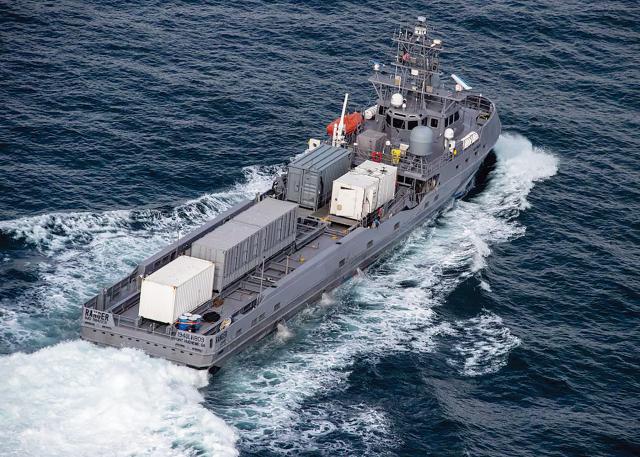By Colonel T. X. Hammes and Captain R. Robinson Harris*
In the past half decade, innovators have heeded calls to increase the Navy’s ship count by putting containerized missiles on merchant ships. They have improved the weapons, drones, and sensors to the point the Navy is experimenting with mounting them on container ships.1 (US Naval Institute News)
